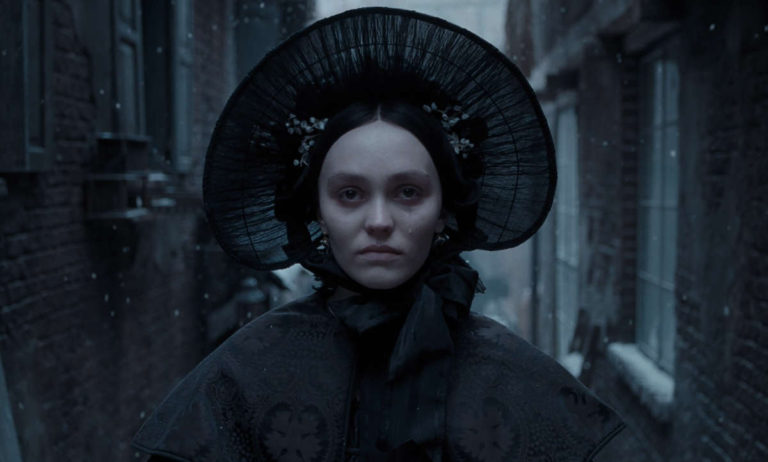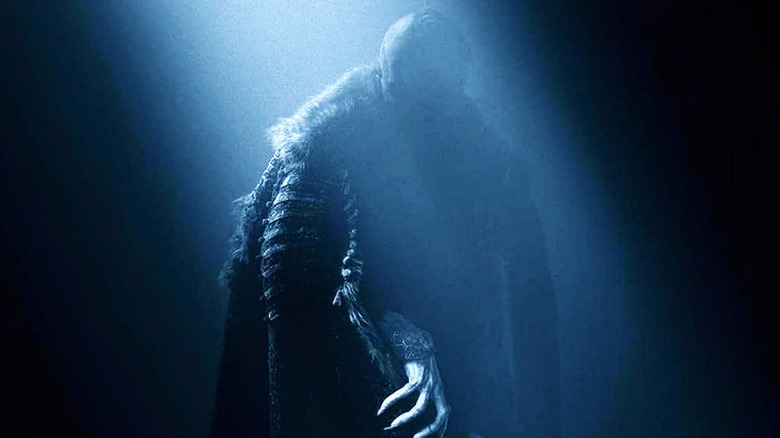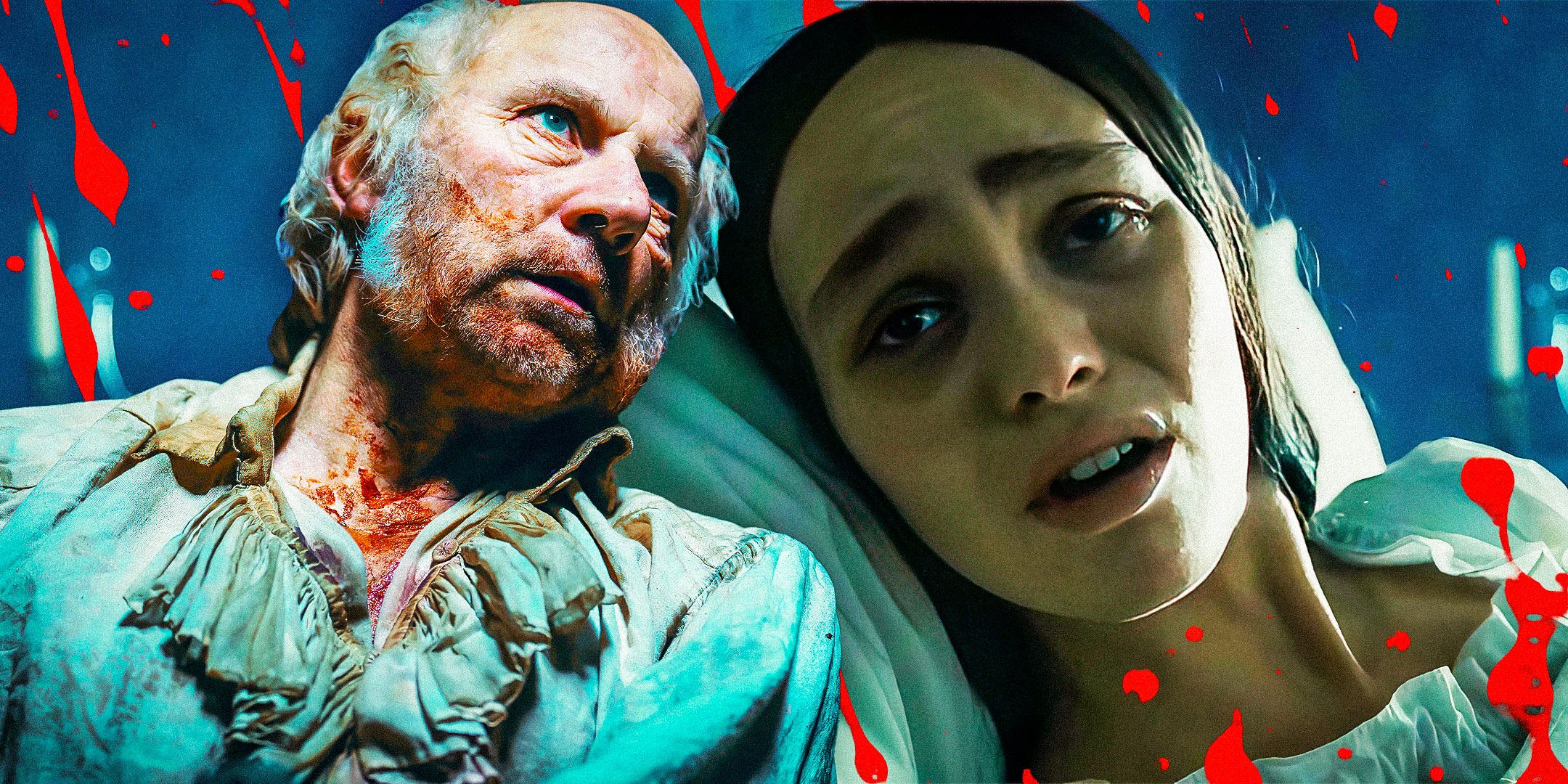Nosferatu Reviews: Dive into the chilling world of F.W. Murnau’s silent masterpiece, exploring its controversial origins, groundbreaking cinematography, and enduring legacy. We’ll unpack the critical acclaim (and criticism!), Max Schreck’s iconic performance as Count Orlok, and the film’s lasting influence on horror cinema and beyond. Get ready for a deep dive into this vampire classic!
From its unauthorized adaptation of Bram Stoker’s Dracula to its expressionistic visuals and unsettling atmosphere, Nosferatu remains a landmark achievement in film history. This exploration delves into the film’s production, critical reception across decades, thematic analysis, and its profound impact on subsequent works of art and culture. We’ll examine everything from the socio-political context of its creation to its enduring popularity among modern audiences.
Nosferatu: A Timeless Masterpiece of Horror
F.W. Murnau’s 1922 silent film, Nosferatu, transcends its age, remaining a potent and influential work of horror cinema. Its chilling atmosphere, innovative cinematography, and unforgettable performance by Max Schreck as Count Orlok continue to captivate audiences nearly a century later. This exploration delves into the film’s historical context, critical reception, and lasting impact on film and popular culture.
Film History and Context of Nosferatu, Nosferatu Reviews
Source: srcdn.com
Nosferatu‘s creation was fraught with legal battles and artistic innovation. The film, a loose adaptation of Bram Stoker’s Dracula, was produced without the necessary permissions, leading to a court order for its destruction after release. However, surviving prints ensured its survival and eventual acclaim.
The film’s production unfolded against the backdrop of post-World War I Germany. The nation grappled with economic instability, political turmoil, and widespread social anxieties. These factors deeply influenced the film’s themes of disease, death, and societal decay, mirroring the anxieties of the time. The Expressionist movement, with its stark contrasts and distorted imagery, heavily shaped the film’s visual style.
| Film | Cinematography | Acting Style | Thematic Elements |
|---|---|---|---|
| Nosferatu | High-contrast lighting, dramatic shadows, unusual camera angles | Stylized and theatrical, emphasizing grotesque features and unnatural movements | Disease, death, societal decay, isolation |
| The Cabinet of Dr. Caligari (1920) | Highly stylized sets and distorted perspectives | Over-the-top, theatrical performances | Madness, societal control, the unreliability of perception |
| The Golem (1920) | Expressionist sets and lighting, emphasizing shadows and darkness | A mix of stylized and naturalistic performances | Myth, legend, the dangers of unchecked power |
Critical Reception and Legacy of Nosferatu

Source: eastbayexpress.com
Expand your understanding about jostens coupons with the sources we offer.
Initial reviews of Nosferatu were mixed, with some critics praising its innovative visual style while others found it disturbing and unsettling. However, over time, the film gained recognition as a landmark achievement in horror cinema.
Retrospective reviews consistently highlight the film’s enduring power, its innovative use of cinematic techniques, and the chilling performance of Max Schreck. Comparisons with other silent horror films often emphasize Nosferatu‘s unique blend of Expressionist style and gothic horror themes, setting it apart from contemporaries.
The film’s critical reassessment evolved gradually, initially overshadowed by legal issues. Its rediscovery and subsequent inclusion in film history texts solidified its status as a classic. It’s now considered a seminal work, influencing generations of filmmakers and artists.
Analysis of Max Schreck’s Performance as Count Orlok
Max Schreck’s portrayal of Count Orlok is legendary. His unsettling presence, gaunt features, and unnerving movements created a character that transcends the typical vampire archetype. Schreck’s performance is characterized by a stillness that is both menacing and captivating, a stark contrast to more flamboyant portrayals of Dracula.
- Unnatural Gait and Posture: Orlok’s hunched posture and jerky movements suggest both physical decay and a predatory nature.
- Piercing Gaze: His intense stare unsettles the viewer, conveying a sense of malevolence and otherworldliness.
- Pale Complexion and Sharp Features: His gaunt appearance and sharp features enhance his sinister aura.
- Subtle Expressions: Despite the limitations of silent film, Schreck conveys a range of emotions through subtle facial expressions and body language.
The Film’s Visual Style and Cinematography

Source: slashfilm.com
Nosferatu‘s visual style is deeply rooted in German Expressionism. The film utilizes stark contrasts between light and shadow, distorted sets, and unusual camera angles to create a nightmarish atmosphere. This approach profoundly influenced subsequent horror cinema.
The use of shadows to create a sense of dread and foreboding is masterful. Scenes in the rat-infested ship and Orlok’s castle are particularly effective in this regard.
The low-angle shots used to depict Orlok emphasize his height and dominance, while the high-angle shots of Hutter highlight his vulnerability.
Thematic Exploration in Nosferatu
Nosferatu explores themes of death, disease, and societal anxieties. The film’s symbolism is rich and multifaceted, with the plague representing societal decay and Orlok embodying the destructive forces that threaten civilization. The film’s ambiguous ending allows for multiple interpretations.
- Death and Decay: The film is filled with imagery of death and decay, reflecting the post-war anxieties of Germany.
- Disease and Contagion: The spread of the plague mirrors the fear of contagious diseases and societal collapse.
- Isolation and Alienation: Orlok’s isolation reflects the feeling of societal alienation and the fear of the “other”.
Nosferatu’s Influence on Subsequent Film and Culture
Nosferatu‘s impact on subsequent horror films and vampire narratives is undeniable. Its innovative visual style, unforgettable character, and unsettling atmosphere have been emulated and reinterpreted countless times. The film’s legacy extends beyond cinema, influencing literature, video games, and popular culture.
| Medium | Examples of Influence |
|---|---|
| Film | Shadow of the Vampire (2000), numerous other vampire films |
| Literature | Numerous books and short stories featuring vampire characters |
| Video Games | Numerous games referencing or directly inspired by Nosferatu’s aesthetic |
Concluding Remarks: Nosferatu Reviews
Nosferatu, despite its troubled beginnings, stands as a testament to the power of cinematic storytelling. Its innovative techniques, chilling atmosphere, and enduring themes continue to resonate with audiences today, solidifying its place as a cornerstone of horror cinema. From its expressionist visuals to its unforgettable portrayal of Count Orlok, Nosferatu remains a chilling and captivating experience, prompting ongoing critical discussion and inspiring countless artists.
So, grab some popcorn, dim the lights, and prepare to be haunted.


